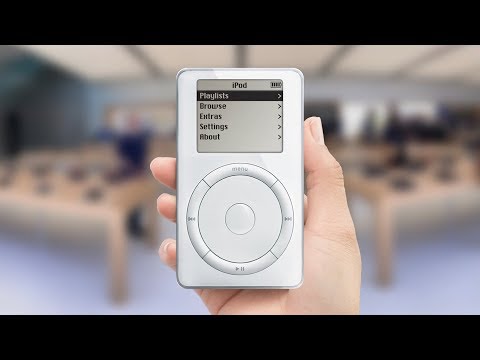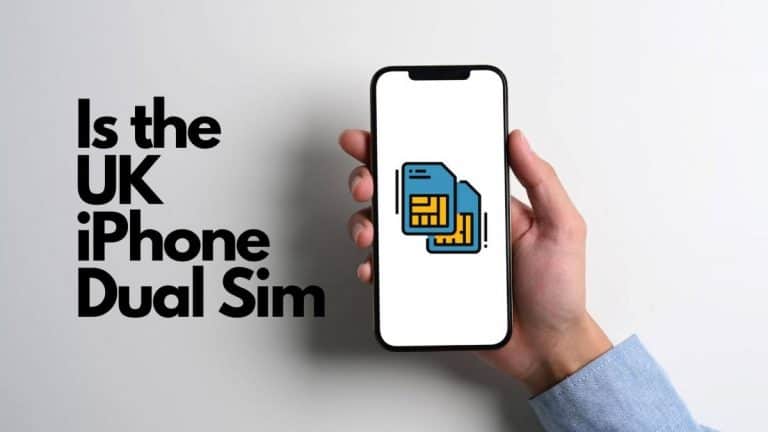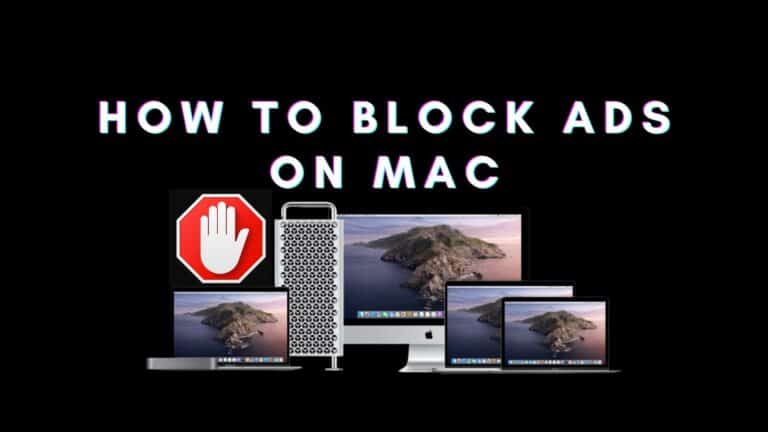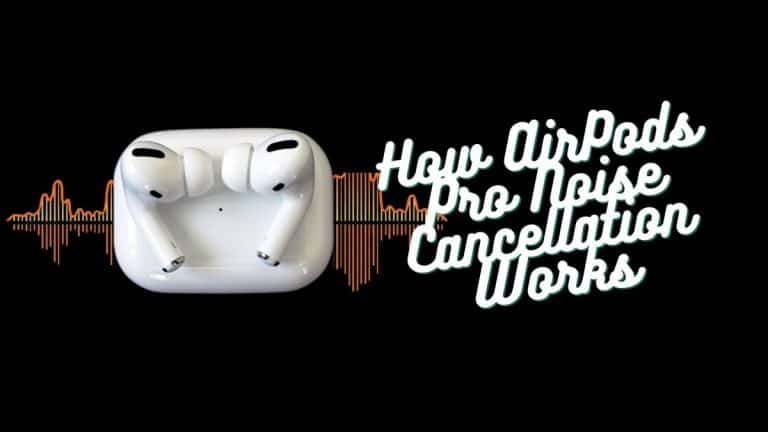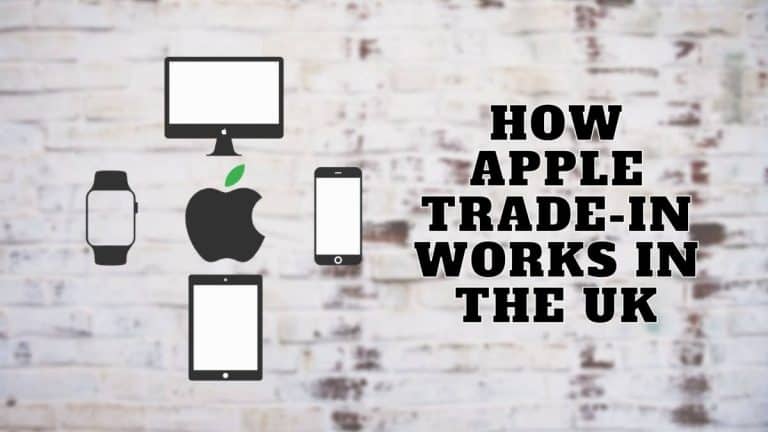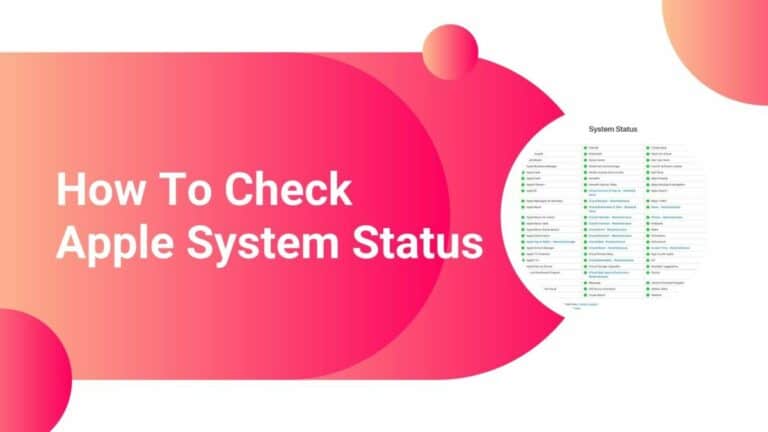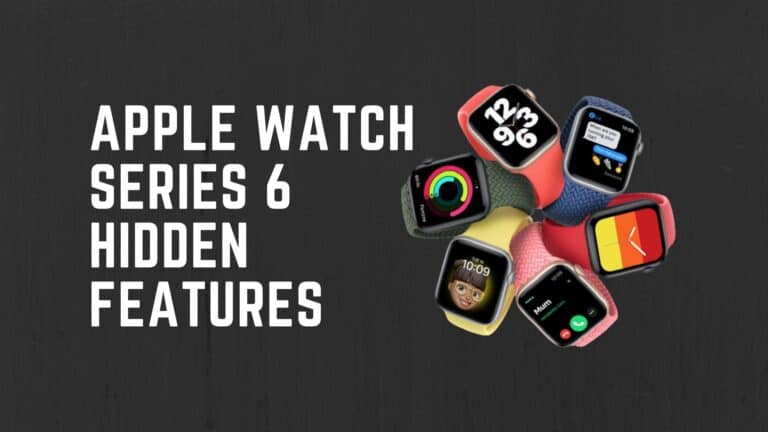When did the first iPod come out
Today we’re going to explore how the very first iPod was developed, how it was almost cancelled before release, and how it caused an actual explosion on Apple’s campus.
Apple before the iPod
Now Apple became involved with digital music in 1999, but before we get into that, I want to point out that Apple was a much different company back then. They’d just narrowly escaped bankruptcy and were under tremendous pressure to start generating revenue for shareholders. And their biggest money maker was the Mac. In fact, they didn’t really make anything else other than Mac computers and had no experience in creating handheld devices like MP3 players.
So with Apple in this extremely stressful and tight financial position, you probably wouldn’t expect them to take a big risk and essential bet part the company on a new category of device.
But with Steve Jobs at the helm, that’s exactly what they did. And it all started with FireWire, the serial bus standard that transferred files at blazingly fast speeds compared to other standards at the time. Apple realized that with FireWire, Mac users could transfer videos shot with their digital camcorders and edit them on their computers. So Steve Jobs decided the next generation of iMacs would feature FireWire ports. The concept was solid, but there was a problem, Apple didn’t have video editing software to include on the next iMac.
So they asked Adobe to create a user-friendly movie editing application, but Adobe declined. That’s when Apple took on the challenge themselves and created the video-editing application called iMovie.
This kicked off Apple’s “digital hub” strategy, where the Mac served as the centre of a user’s digital media world. So Apple had developed a strong digital video strategy, but by the late 1990s, it was digital music that had become popular. Illegal file sharing sites like Napster exploded in popularity since it gave users the ability to download music files right from the internet.
Despite the legal issues, it quickly became apparent to most in the tech industry that Internet-downloaded MP3s were the future of music distribution.
Around 2000, Apple realized it had a large gap in its upcoming digital hub strategy when it came to music. To fill that gap, Apple bought the rights to SoundJam MP, a popular Mac MP3 player application, and hired three of its creators to work at Apple and further develop the program.
The team simplified SoundJam and added CD-burning features to create iTunes, released in January 2001. As iMovie had done with FireWire-attached camcorders, the iTunes team naturally sought to allow users to transfer songs from iTunes to their portable MP3 players of the day. And when Apple tested iTunes with some of the most popular MP3 players, they quickly realized one thing: They were all crap.
Portable MP3 players had been around since the mid-90s but Apple found that everything on the market offered a disappointing user experience. And this became an opportunity for Apple to create an exceptional MP3 player of their own.
An opportunity
So what exactly made the MP3 players of that time so crappy? Well, they generally only held about one CD-worth of songs, although players with larger hard drives could hold more, but they were bulky and featured unintuitive user interfaces that were difficult to navigate especially when scrolling through thousands of songs. Also, most portable media players used the slow USB standard to transfer music from a computer, which meant you’d have to wait five minutes to transfer just one CD. And when moving thousands of songs, the transfer time could shoot up to several hours. Considering the dismal state of the portable media player market, Jobs decided that Apple should attempt to create its own MP3 player, one that played well with iTunes and could potentially attract more customers to the Mac platform.
He assigned Jon Rubinstein, Apple’s senior vice president of hardware, to the task. From the beginning, Rubinstein was sure of two things Apple’s mp3 player would have: a speedy FireWire interface to solve slow transfers, and a 1.8-inch 5GB hard drive from Toshiba that could make Apple’s music player smaller than any other hard drive-based device on the market. But with most of Apple’s engineers tied up in Mac-related projects, Rubinstein sought help from outside the company to further determine the feasibility of an Apple music player.
Through personal connections, Rubinstein heard about a man with the right qualifications and experience to do the job: Tony Fadell. Rubinstein gave him a call in January 2001 and invited Fadell to visit Apple to discuss a potential project, but kept quiet about its exact nature. Rubinstein felt that Fadell was an ideal choice to lead the development of Apple’s music player project because of Fadell’s extensive handheld computing experience. He had worked at General Magic, where he helped develop an operating system for PDAs called Magic Cap, and later at Philips Electronics, where he led the development of a Windows CE-based palmtop computer called the Nino. At Philips, Fadell had seen the potential of digital audio players through an encounter with Audible, an Internet audiobook vendor that wanted to bring its audio library to the Nino.
A collaboration
He explored the idea at Philips but found little interest in the ideas among management. After a brief stint at RealNetworks, Fadell left to form his own digital music company called Fuse Systems. Fuse developed a digital jukebox that could rip CDs to an internal hard drive, but the company had trouble raising money since ripping music from CDs wasn’t a popular concept at the time.
Fadell had received Rubinstein’s call just as Fuse ran out of money. Fadell went into initial talks with Apple in February 2001, thinking at first that Apple wanted to build a PDA. Apple quickly offered Fadell a six-week contract as a hardware consultant, and just after Fadell signed for the job, Rubinstein revealed Apple’s true intentions. In an interview with Macworld, Fadell said, “Apple thought that they could bring a better MP3 player to market and they asked for me to do some designs, how could one be built, what kind of components, how much would it cost, and to do all the basic research and design for what was to become the iPod.”
Apple paired Fadell with Stan Ng, a veteran Apple product marketing manager, to help him fit in with the company’s unique culture.
During that six week period, Fadell met with almost everyone he knew in the handheld industry while keeping the MP3 player plan a secret. He studied competitors’ products and settled on the need for a small, ultra-portable device with a large capacity and long battery life. Fadell brewed up three prototype designs for a potential Apple music player, each model crafted from foam core boards with rough interface graphics pasted on, and lead fishing weights gave each mock-up the approximate weight of a final device.
Fadell said, “It was all very, very rough, I only had six weeks and it was only me really doing all the work.” When his contract expired in mid-April 2001, Fadell presented his prototypes to Apple executives, including Steve Jobs, in an important meeting. Fadell purposely offered his two least promising mock-ups to Jobs first (one of which would have used flash memory, the other with removable storage) and hid the third under a decorative bamboo bowl Jobs kept on the conference room table.
The Idea for the Scroll Wheel
As Fadell predicted, Jobs liked the third mock-up best. During the same meeting, Apple’s Senior VP of Worldwide Product Marketing, Phil Schiller, presented mock-ups of a player featuring the scroll wheel. Schiller personally thought of the idea as a solution to a troubling interface problem at the time. You see, other MP3 players used plus and minus buttons to navigate menus one item at a time. But if you had an MP3 player with a thousand songs, you’d have to press that button a thousand times just to scroll through each song, which would obviously become quite tedious. But with a scroll wheel, a quick flick of the finger would navigate through the list at any rate the user wanted, especially since Apple would make the scroll speed accelerate the longer you spun the wheel.
Steve Jobs liked the ideas he saw and offered Fadell a job at Apple to continue his work. After a period of uncertainty, Fadell joined Apple full-time in April 2001. The iPod project—then code-named “P-68”—had officially begun.
Six months to develop, manufacture and market
With Apple’s portable music project officially in gear, Fadell decided that the iPod would ship during the 2001 Christmas shopping season, which only gave him six months to form a team, develop a product, get it manufactured, and push it out the door.
And like I said before, 2001 was a challenging time for the company since Apple was just barely breaking even financially. The company’s main focus was on the Mac computer line, and it had few resources to spare for other projects. Fadell knew he had to finish the iPod quickly so Apple wouldn’t shut down the project and he had to justify its existence as a financial drain on the company.
To build the core iPod development team, Fadell hired engineers from his startup company, Fuse, and veterans from General Magic and Philips. Apple placed Fadell’s team in one of the oldest, dingiest buildings on its campus. In fact, the building was so dilapidated that Apple had to kick the iPod team out after a couple of projects to substantially renovate it.
The iPod team’s open cubicle workspace made for a rowdy and playful environment. Fadell tells of the team members’ attempt to write their initials in wet concrete outside the building, and about the time one of the engineers accidentally stuck a screwdriver through a lithium polymer battery. It exploded, causing a nasty fire that sparked an internal FBI-like investigation scene with Apple’s Legal department closely involved.
With the launch deadline looming, Fadell’s team didn’t have time to develop all of the iPod’s components in-house. While the power supply and display design drew from Apple’s expertise, the heart of the iPod, a specialized MP3-playing chipset, came from a San Jose company called PortalPlayer.
And a company called Fostex would manufacture the included Apple-designed earbuds. Fadell says earbuds were an obvious design choice because they’re more portable, harder to break, and don’t mess up your hair like traditional headphones do.
Meanwhile, Jeff Robbin, the programmer in charge of iTunes development, began work on the iPod’s software. With so little time to debug a custom operating system to run on PortalPlayer’s MP3 chipset, Robbin sought the help of Pixo, a Cupertino company that ultimately provided the iPod’s basic OS.
Both teams put in long hours creating the device: 18 to 20 hours a day, seven days a week, according to Fadell, which took such a toll on his personal life that his girlfriend broke up with him. After dozens of prototypes, Jonathan Ive’s team settled on a design: a simple box, the size of a pack of cards, clothed in a white polycarbonate front that set into a mirror-finish stainless steel case. Two elements dominated the iPod’s face: a simple rectangular display, and the now-iconic scroll wheel, which physically moved when you spun it.
The beginning of the Apple Design Standard
Ive intended the iPod’s “shockingly neutral” white and stainless steel case to set it apart from a world of black and dark gray portable digital gadgets. The iPod would have no removable battery door, no on/off switch, and no screws. Apple would seal the iPod’s inner technological away from the prying hands of the user, silently conveying a simple message: it just works.
So much about the iPod was new for Apple. Coming from a company accustomed to selling computers, Apple wasn’t quite sure how to sell a consumer music gadget, which undoubtedly would be aimed at a different audience than the Mac.
Even the label on the iPod’s box demanded special consideration for Apple: as a consumer audio gadget, the iPod had to comply with different trade laws regarding warning labels than those for the Mac. To help with those tasks, Apple brought in outside experts who would assist in crafting the initial iPod marketing campaign.
A brief hiccup before the final push
One of those experts, a freelance copywriter named Vinnie Chieco, gave the iPod its name. In response to Steve Jobs’ digital hub strategy, Chieco began brainstorming about what interfaces with a hub. Chieco imagined a spaceship as being the ultimate hub from which a smaller craft, a pod, could come and go. Kind’ve like the “Shuttlepod” in Star Trek. Better yet, iPod wasn’t descriptive of the music player’s function, allowing the iPod’s capabilities to evolve over time without needing a name change. Steve Jobs liked it, and the name stuck.
After considerable work, Apple marketing managed to pull together a campaign that emphasized style and fashion over tech specs, which were familiar approaches for personal audio products. And it would turn out to be a winning strategy. After six months of hard work, the iPod began to come together. The concentrated and well-organized efforts of Apple’s various iPod teams proved that they could finish the product in time, but one tragic event almost got in the way. September 11, 2001, took place during the final stretch of the iPod’s development. As the attacks unfolded, an Apple team carrying key iPod prototypes from Taiwan landed in the US just before the U.S. government shut down air travel nationwide.
Amazingly, the iPod prototypes made it just in time. The tragic events of 9/11 motivated members of the iPod project even further. Apple employees adopted a mindset that was common at the time: If they stopped performing their regular duties and creating products they loved, then that meant they were accepting defeat. Fadell says that the iPod group’s persevering spirit proved essential in preventing a delay that would have resulted in Apple missing the 2001 holiday season. The iPod team met their deadline, shipping the first iPod in November 2001 and revolutionizing not only the MP3 player market, but the entire portable media player industry.
So that is the history of the iPod.

Tyrone Young is an award-winning author, researcher and the founder of TheMiniBlog. He has been a content marketer for over 10 years and his main goal is to provide readers with quick hacks, guides and reviews on everything Mini. Based out of the UK, Tyrone likes to take long walks on the beach and take care of his two puppies when he’s not busy writing.

